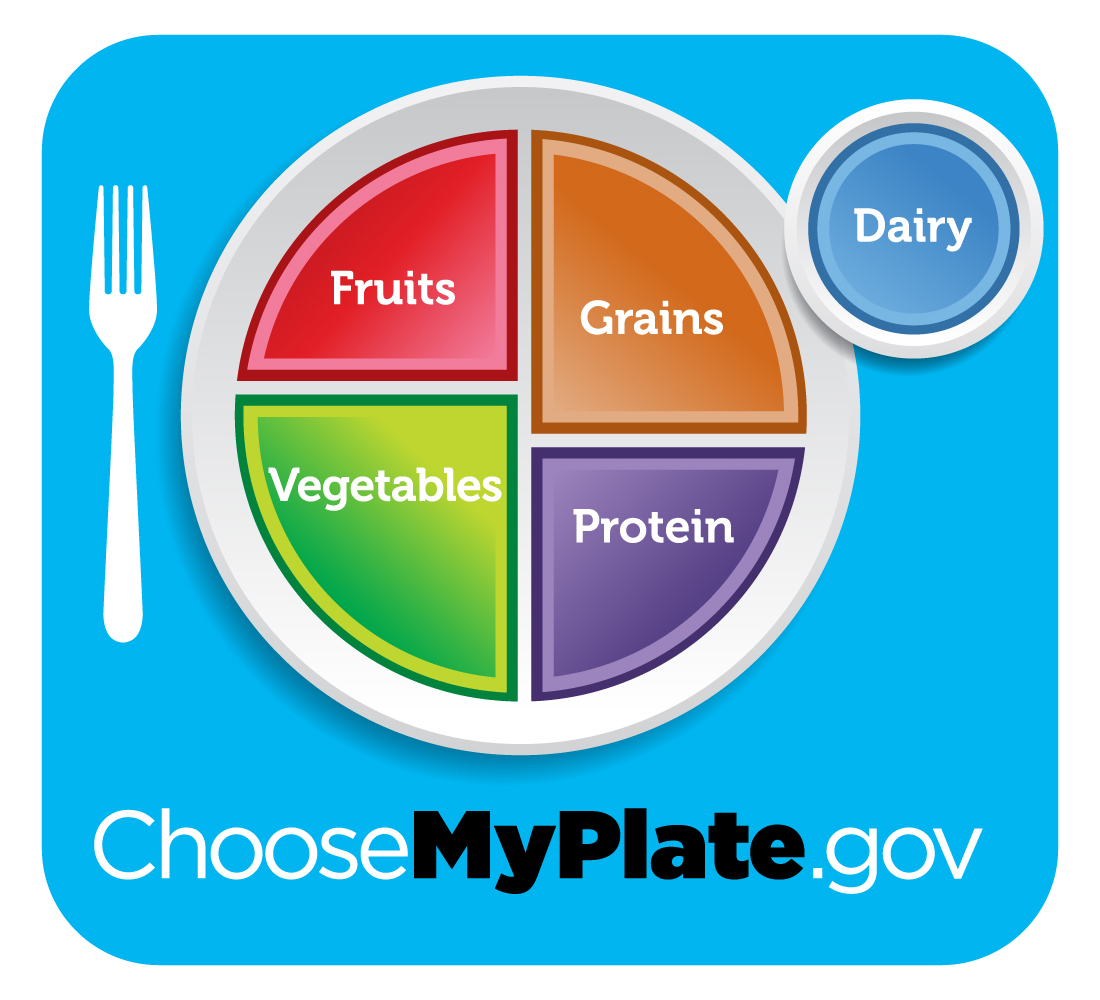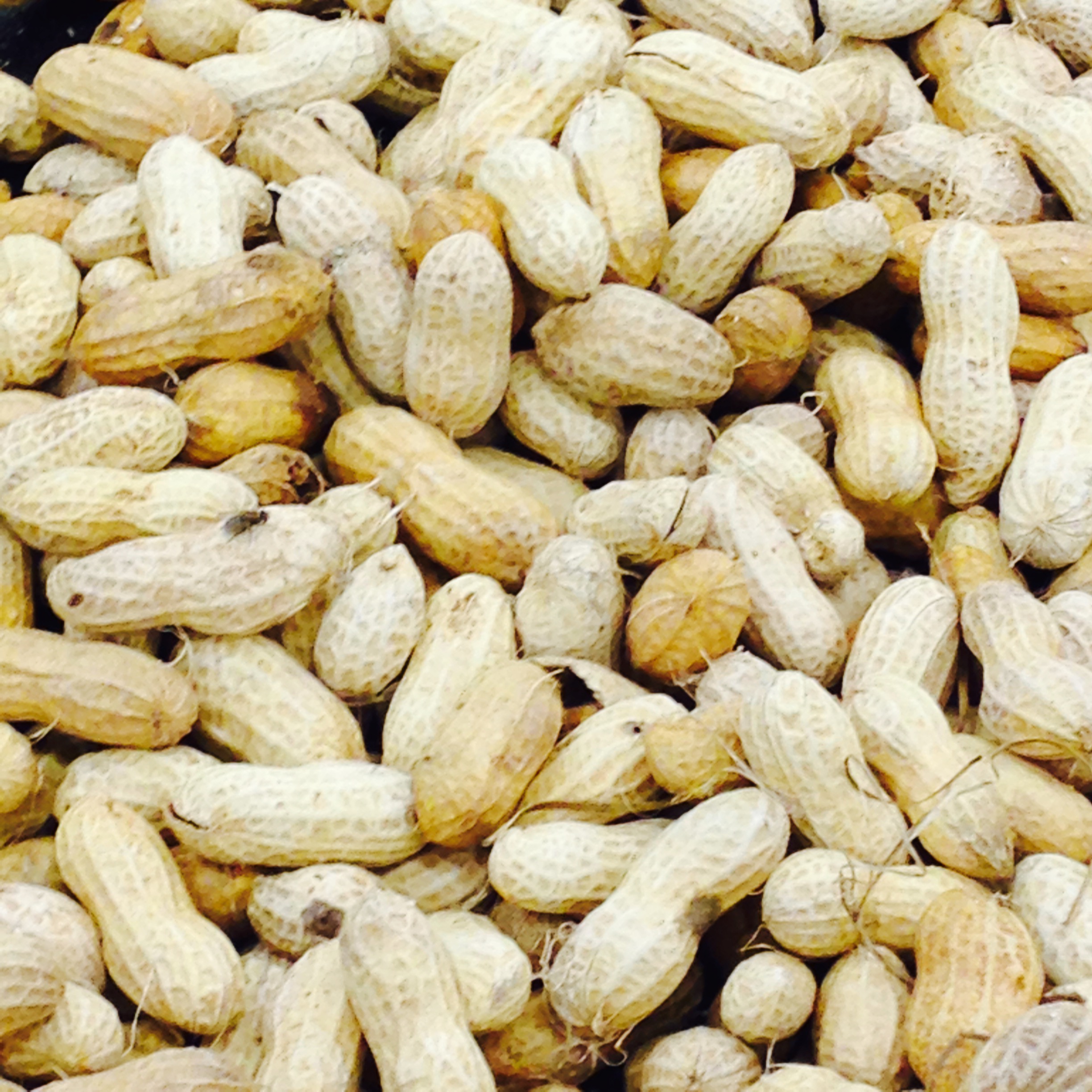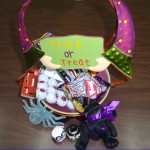
by Dorothy C. Lee | Oct 28, 2015
 It’s that time of the year! The holidays are upon us. A time when our thoughts turn to family, friends, celebrations, holiday feasts, and, yes, leftovers.
It’s that time of the year! The holidays are upon us. A time when our thoughts turn to family, friends, celebrations, holiday feasts, and, yes, leftovers.
Holiday meal leftovers can be just as delectable as the original feast. The challenge is after dinner, and guarding against left-out leftovers. It requires special attention to safe food handling. Even if you have followed all the food safety recommendations, the potential for foodborne illness can still exist. Bacteria that causes foodborne illnesses grows rapidly at room temperature and above.
In the holiday frenzy, basic principles can often be overlooked. Here are some food safety tips to help ensure that your holiday leftovers are safe and delicious the second time around.
Food safety doesn’t end after the meal is prepared. The challenge is also safe storage of leftovers. Reheating will not always destroy harmful bacteria. Better to keep bacteria from multiplying in the first place.
Prepared foods should be refrigerated after no more than two hours of being left out at room temperature. Leftovers should be consumed or frozen within four days of cooking.
Remember the rule: Keep hot foods hot and cold foods cold. Bacteria can multiply rapidly between 40°F and 140°F. Don’t leave that turkey out for nibblers. Take the dressing out and slice the meat from the turkey carcass. Store the stuffing, meat, and any other leftover gravy, mashed potatoes or other side dishes, all in separate containers. Date each container and refrigerate or freeze.
Frozen turkey will maintain its quality in the freezer for up to four months; stuffing and gravy for one month; and cooked dishes prepared from leftover turkey will freeze well for up to six months.
Keeping in mind these tips for keeping holiday leftovers safe could keep your holiday feast from turning into a holiday disaster.
If you would like more information, please call the USDA Meat and Poultry / Food Safety Hotline: 1-888-674-6854 , or check out the food safety website, www.foodsafety.gov.
, or check out the food safety website, www.foodsafety.gov.
For further information contact:
Dorothy C. Lee, C.F.C.S.
UF/IFAS Extension Escambia County
3740 Stefani Road
Cantonment, FL 32533-7792
(850) 475-5230
dclee@ufl.edu
For additional information, go to the University of Florida Solutions for Your Life website, http://www.SolutionsForYourLife.com

by Marie Arick | Oct 2, 2015
![myplate_blue[1]](https://nwdistrict.ifas.ufl.edu/fcs/files/2015/10/myplate_blue1-150x150.jpg) The numbers are in and, according to the Centers for Disease Control and Prevention (CDC), 20% or more of the United States adult population is obese in each state. This data was collected during the Behavioral Risk Factor Surveillance System that involves health-related telephone surveys. It has long been discussed in our society that obesity is a growing concern for our population. Many initiatives have been developed to address this issue, such as MyPlate and First Lady Michelle Obama’s Let’s Move! Yet, we still fail to take this to heart.
The numbers are in and, according to the Centers for Disease Control and Prevention (CDC), 20% or more of the United States adult population is obese in each state. This data was collected during the Behavioral Risk Factor Surveillance System that involves health-related telephone surveys. It has long been discussed in our society that obesity is a growing concern for our population. Many initiatives have been developed to address this issue, such as MyPlate and First Lady Michelle Obama’s Let’s Move! Yet, we still fail to take this to heart.
Obesity has been linked to cancer, heart disease, diabetes, and hypertension. All of these can be linked to premature death. And yet, we still pick up those forks and stay off our feet. Even worse, we set a poor example for our children. Many people operate under the assumption that “it does not apply to me,” but it does. The definition of obesity is having a body mass index (BMI) of 30 or higher. The BMI is calculated using your weight in kilograms and dividing this by your height in meters squared. Thankfully, the CDC is one of many sources that has a BMI calculator online to make it simple. The first step is to determine your BMI using one of these calculators, and then to understand what that number represents. The following chart from the CDC explains the results for adults.
The standard weight status categories associated with BMI ranges for adults are shown in the following table:
BMI Weight Status
Below 18.5 Underweight
18.5 – 24.9 Normal or Healthy Weight
25.0 – 29.9 Overweight
30.0 and Above Obese
Next, take this information and act on it. If you have health concerns, see your physician. If you are sedentary, start taking a daily walk or bike ride. Review your personal eating habits and compare it to the MyPlate healthy eating guidelines. MyPlate has online tools that can make meal planning easy and help you track your calories and exercise. Can you make some small changes to improve your dietary intake? Small steps can lead to big changes over time. Modeling these behaviors can not only improve your health and well-being, but the positive changes can impact your children or loved ones as well. Share your goals and seek the support of friends and family. Most importantly, teens and children’s BMI results are interpreted differently. Talk with your child’s physician regarding any weight concerns and dietary guidelines.
Take care of yourself today, set a positive example for those you care about, and put the fork down and get on your feet!

by Shelley Swenson | Oct 2, 2015
 Did you know that Floridians throw away 8 pounds of garbage per day? That is double the national average. This is not something to be proud of but it leaves a lot of room for improvement!
Did you know that Floridians throw away 8 pounds of garbage per day? That is double the national average. This is not something to be proud of but it leaves a lot of room for improvement!
Many times when I frequent my housing facility’s dumpster, a computer will be sitting by the side. Does someone think that another resident will take care of properly disposing of it? Think again – it probably will end up in the landfill and will remain there for years. What a waste!
Electronic products are made from valuable materials, including metals, plastics, and glass, all of which require energy to mine and manufacture. Donating or recycling consumer electronics conserves our natural resources. Recycling one million laptops saves the energy equivalent to the electricity used by more than 3,500 homes in the U.S. in a year. For every one million cell phones we recycle, 35,000 pounds of copper, 772 pounds of silver, 75 pounds of gold, and 33 pounds of palladium can be recovered.
Before you donate or recycle your used electronics, do the following:
- Consider your purchase of a new device – could you upgrade the hardware or software instead of buying a brand new one?
- Delete all personal information.
- Remove any batteries; they may need to be recycled separately.
And now the question is where to donate or recycle items? Many manufacturers and retailers offer several options to donate or recycle electronics. Go to www2.epa.gov/recycle/electronics-donation-and-recycling for instructions offered by many companies on where/how you can recycle mobile devices, personal computers, and even televisions.
Think about it…..with just a little more effort, another item can be saved from our already overloaded landfills. You can be a part of the solution for cutting down on waste in Florida.

by Heidi Copeland | Oct 2, 2015
 Geographic conditions have a major impact on the growing season of any given area. Florida is indeed blessed to have such diverse and healthy growing times. In fact, Florida is one of the few states divided into three plant and hardiness zones (south, central, and north), allowing Florida produce to be successfully grown somewhere in Florida year-round.
Geographic conditions have a major impact on the growing season of any given area. Florida is indeed blessed to have such diverse and healthy growing times. In fact, Florida is one of the few states divided into three plant and hardiness zones (south, central, and north), allowing Florida produce to be successfully grown somewhere in Florida year-round.
Locally, our area is fortunate to have two distinct produce-growing seasons. Both seasons are very accommodating to fruit and vegetables. According to the Florida Department of Agriculture and Consumer Services (FDACS), avocado, carambola, grapefruit, guava, mushrooms, oranges, peanuts, and tangerines are Fresh from Florida® this month.
In addition, the local Red Hills Small Farm Alliance produces a great guide to what grows in our area (www.rhomarket.com). Local produce includes arugula, Asian greens, cucumbers, eggplant, garlic, okra, southern peas, sweet peas and sugar snap peas, peppers, potatoes, radishes, yellow squash and zucchini, acorn squash and pumpkin, Muscadine grapes, pears, and persimmons.
When wanting to incorporate seasonal items into a meal, peanuts are not usually something that comes to mind. However, peanuts are becoming abundant this time of year. According to the Peanut Institute, “While ‘nut’ is in their name, peanuts are, in fact, legumes. Peanuts actually grow underground, as opposed to nuts like walnuts, almonds, etc. that grow on trees (and are sometimes referred to as ‘tree nuts’).”
Peanuts, along with beans and peas, belong to the single plant family, Leguminosae. Legumes are edible seeds that are enclosed in pods. As a group, they provide the best source of concentrated protein in the plant kingdom.
In the U.S., peanuts and peanut butter are the most popular “nut” choice and comprise 67% of all nut consumption. Plus, you can do more with peanuts than just eat them as a snack! Have you ever considered peanuts as a major nutrient in your meals? Peanut Butter–Sriracha Toast is becoming a big hit, as it can be served as a snack, appetizer, and even as light lunch or dinner fare.
Even the George Mateljan Foundation, a not-for-profit foundation interested in helping folks make healthy eating easier, considers peanuts one of the world’s healthiest foods. Peanuts are a plant food rich in vitamins, minerals, and phytonutrients and also contain protein, mostly good fats, and fiber.
It is fun (and healthy) to experiment with local, Florida fresh produce anytime of the year. Why not try something new and incorporate peanuts into your favorite meals? In fact, peanut soup is an old-time favorite but can be made into a new taste sensation using many of the ingredients you find locally this fall. Try some today using the recipe listed below to fit your family’s tastes.
Peanut Butter Soup
2 cups peanut butter
6 cups chicken or vegetable broth
3 tablespoons peanut oil
1 onion, chopped
2 celery ribs (chopped, including leaves)
2 garlic cloves, minced
Pepper
Salt
Preparation
- Add the oil to a heavy sauce pan; sauté onion, celery, and garlic in the oil until tender.
- Add chicken or vegetable broth and any other vegetable you plan on using.
- Cook, covered, until the vegetables are softened.
- Stir in the peanut butter.
- Add your own take on this delicious soup…
Do you like velvety smooth soups? Carefully puree the entire mixture in batches in a blender or use an immersion blender.
Do you like it spicy? Add some fresh, hot pepper, dry peppers, or hot sauce.
Vary the texture and flavor: Add cubed squash, pumpkin, potatoes, peas, or even sliced okra.
To suggest an Asian flare, add some coconut milk and cilantro or even rice wine vinegar.
Source: http://www.freshfromflorida.com/Divisions-Offices/Marketing-and-Development/Consumer-Resources/Buy-Fresh-From-Florida/Crops-in-Season

by Dorothy C. Lee | Oct 2, 2015

Photo credit: Dorothy C. Lee
Fall is in the air. Cooler weather brings thoughts and plans for hayrides, carnivals, festivals, trick-or-treat, and more fun. Halloween may be a fun holiday for kids, but for parents, trick-or-treat time can be a little tricky. Concerns about children’s safety, whether they are out in the neighborhood or back home with bags of loot, could darken the festivities. But not to worry. To make Halloween a treat for all, follow these safety tips.
Costume Safety
- Make sure children dress up safely. Keep costumes short to prevent trips, falls, and other bumps in the night.
- Try makeup instead of a mask. Masks can be hot and uncomfortable and can obstruct a child’s vision.
- If the children will be in costumes, keep these tips from the U.S. Consumer Product Safety Commission in mind:
- Costumes should be made of flame-retardant materials.
- Decorate or trim costumes and goodie bags with reflective tape or decals so that children are visible at night to motorists. Reflective tape is available at most costume shops, sporting goods stores, and hardware stores.
Trick or Treat Safety
- Make sure older children trick or treat with friends.
- Children should stop only at familiar homes where outside lights are on.
- Make sure someone in the group has a flashlight and choose only well-lighted streets to go on.
Check the Treats
- Adults should check all treats. Parents should emphasize that no treats should be eaten until they get home and the treats have been checked. Parents should allow only unopened candies and other treats that are in original wrappers. Don’t forget to inspect fruit and homemade goodies for anything suspicious. When in doubt, throw it out!
Treats for Parents to Give
- Try some of these not-so-sweet treats—roasted nuts, pretzels, popcorn, pumpkin seeds.
- Consider giving inexpensive non-edible treats. Some non-food items to consider include stickers, snack coupons to a fast-food restaurant, novelty items such as magic tricks, finger puppets, yo-yos, little bottles of bubbles, and small games. Party stores and discount stores are great sources for non-food items.
Whether you opt for putting on a party, “trunk” trick or treating, participating in the local mall festivities, or door-to-door trick or treating, Halloween can be a lot of fun for parents and children. Just remember the tricks and treats of playing it safe.
For further information, visit the University of Florida Solutions for Your Life website, http://www.SolutionsForYourLife.com
References: U.S. Consumer Product Safety Commission,U.S. Consumer Product Safety Commission
Centers for Disease Control and Prevention, http://www.cdc.gov/family/halloween
by Elizabeth | Aug 29, 2015

Large Screen TV
Very few of us have money ready to cover an emergency, never mind the money for the larger purchases we’d like to make. This is why it’s so important to prioritize savings to cover both the items you need as well as those you want.
Whether you’re saving for a new computer or a car, the security deposit for an apartment or a house down payment, a little planning and an easy-to-maintain budget will be instrumental in making your big ticket purchase a savings reality. With these direct and easy steps, big ticket items don’t have to be limited to big dreams:
Set Your Goal. It’s easy to keep dreaming of the things you want or even things you might need, but making it a point to establish your big ticket item as an actual savings goal is a necessary first step in making the goal a reality.
- Do Your Research. Start with the most important question: how much is your large purchase going to cost? Some items, like a computer or a security deposit, will have a set dollar amount that you’ll need to save for, while other items, like a car or a home, will need to include associated costs for maintenance, insurance, and taxes/fees.
- Make a Plan. Once you know your goal and all of the costs associated with that goal, it’s time to dig into your BUDGET to determine how much you’ll be able to save each month. You might need to make some changes to your spending to make savings (or additional savings) happen. Dividing your goal’s costs by the amount you’ll be able to save will also let you know how long you’ll need to save. When you know these two items, head over to AmericaSaves.org to take the pledge and put your savings plan into action.
- Automate Your Savings. Start a good saving habit by automatically moving the predetermined amount into your savings account each month. Employer-based direct deposit can move the amount straight from your paycheck into your savings account or you can set up an automatic transfer through your banking institution. Regardless of which method you choose, be sure to keep your savings in a separate savings account to watch your money accumulate with interest (and the harder to access those funds, the better).
- Earmark windfall income. Depending on how long you’ve determined it will take to reach your savings goals, you may want to plan to move any additional unbudgeted income directly into savings. Receiving an end of year bonus? How about a tax refund? Since those funds aren’t a part of your established budget, you won’t miss the additional income by moving a portion of it into savings – plus, you’ll cut the time it takes to reach your goal!
To learn more about saving for a large purchase and take the America Saves pledge, visit AmericaSaves.org. Article adapted from AmericaSaves.org Saving for large purchases.

 It’s that time of the year! The holidays are upon us. A time when our thoughts turn to family, friends, celebrations, holiday feasts, and, yes, leftovers.
It’s that time of the year! The holidays are upon us. A time when our thoughts turn to family, friends, celebrations, holiday feasts, and, yes, leftovers.

![myplate_blue[1]](https://nwdistrict.ifas.ufl.edu/fcs/files/2015/10/myplate_blue1-150x150.jpg)






